The Atlantic League has left NJ

Major League Baseball’s reorganization of the minor leagues not only redrew the map of affiliated ball, but it had ripple effects — some direct, some indirect — to the independent circuits as well.
It struck me just last week that, with the Somerset Patriots becoming the Yankees’ Double-A affiliate, the Atlantic League no longer has a presence in New Jersey. The Garden State was once the anchor of the Northeast-centric league.
When it launched in 1998, three of the six teams were based in New Jersey: The Patriots in Bridgewater, the Surf in Atlantic City and the Bears in Newark (though the Bears played the entire ’98 season on the road while their ballpark was under construction). The other three clubs were based in Nashua, N.H.; Bridgeport, Conn.; and Newburgh, N.Y./Pennsylvania’s Lehigh Valley. The same six teams made up the league in ’99, with the Bears’ ballpark opening in downtown Newark in July.
The Long Island Ducks and Aberdeen (Md.) Arsenal were added in 2000, with the Arsenal replaced in ’01 by the Camden Riversharks. Now half of the eight-team league played in New Jersey.
The Patriots were the last original franchise still in existence, part of why they’re the Yankees of the Atlantic League: six championships, two more than the Ducks have. Long Island is now the league’s gray-haired veteran, five years older than the Lancaster (Pa.) Barnstormers.

What once was a league that stretched from New Hampshire to Atlantic City became one that covered southwestern Connecticut all the way to Sugar Land, Texas, southwest of Houston. When it begins its 23rd season in May as an official partner league of MLB, it will reach from Long Island to North Carolina in the south and Kentucky in the west. Where New Jersey was once the king of the Atlantic League, North Carolina and Pennsylvania will share that title, with two teams each.
For years, when New Jersey was flush with eight minor league franchises (affiliated and independent), I’d gather all the schedules together each spring and try to find a week when I could hit all eight ballparks in eight days. There was always at least one stretch where they lined up, but I never took the time to make the circuit.
Still, I eventually attended at least one game at each New Jersey ballpark, hitting Somerset, Newark and Atlantic City for a weekly newspaper column in 1999. In 2007, I finally drove down to Camden for a weekday doubleheader between the Riversharks and Bears. The first game ended on a walk-off homer by Matt DeMarco, a South Jersey native who was drafted by the Marlins in ’98 and played seven seasons in their organization, getting as high as Double-A (with a Rule 5 detour to the Cardinals system for part of the 2005 season). I was in a great spot for the walk-off celebration.
Though the Atlantic League has left the state with 130 miles of Atlantic coastline, baseball remains strong here. The Patriots and Lakewood Jersey Shore BlueClaws have 10-year licenses with the Yankees and Phillies, respectively; the Trenton Thunder are now part of MLB’s Draft League; and the New Jersey Jackals at Montclair State and the Sussex County Miners in the northern Highlands are members of another MLB partner, the Frontier League.
Unfortunately, Camden and Newark have lost not just their teams, but their ballparks; I can’t see either city getting another one again soon. And the Sandcastle still stands near Atlantic City — outlasting the Trump Plaza, which used to be visible beyond the outfield wall — but no professional team has called it home since the Surf folded 12 years ago. As recently as 2018, there was still talk of finding a new tenant, but that seems less likely, at least in the near future, after the pandemic. But as long as the ballpark stands, there’s a chance.
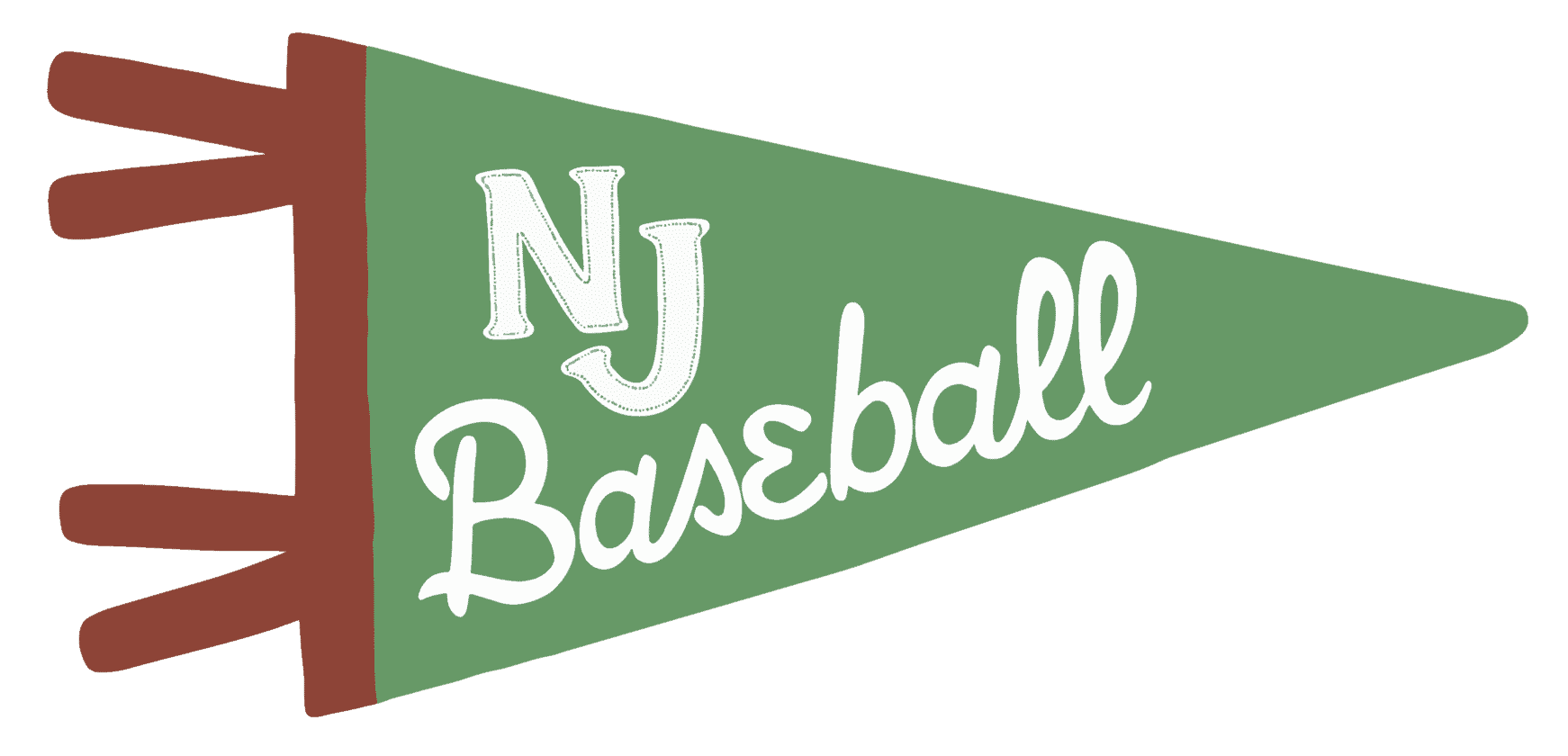





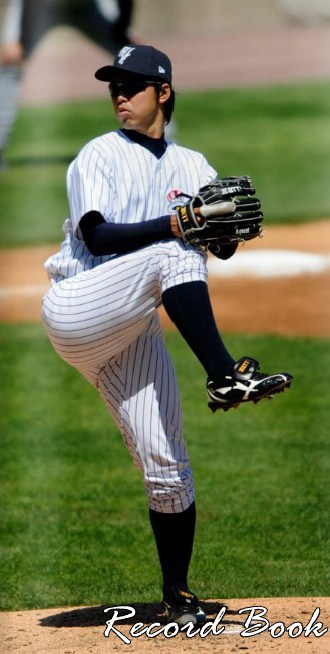
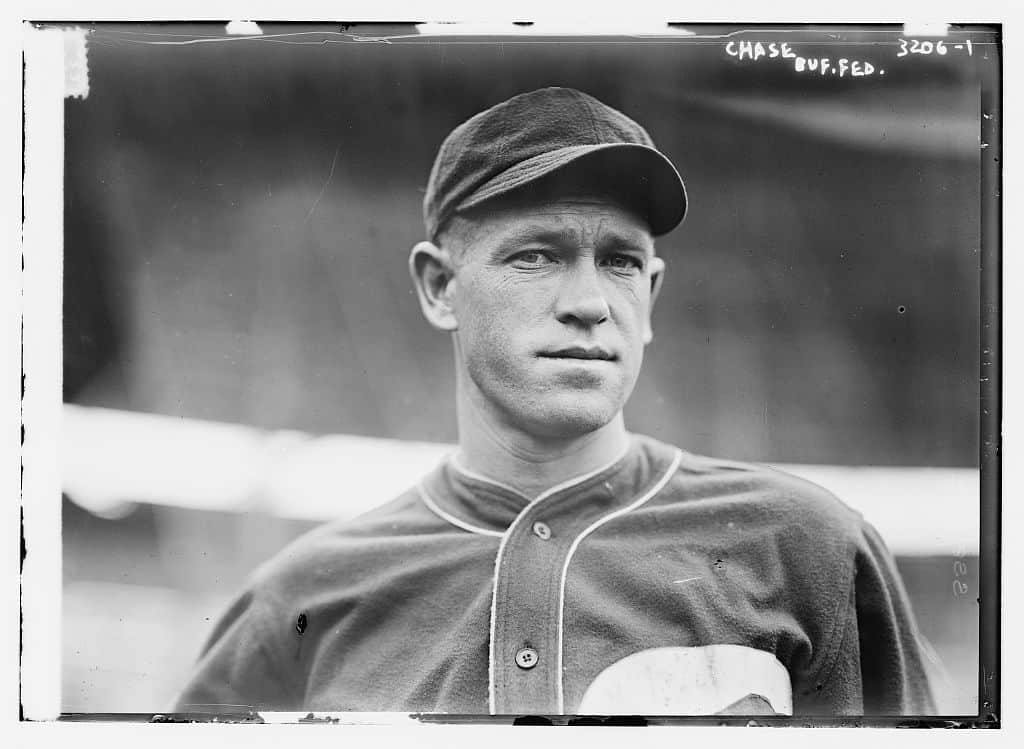

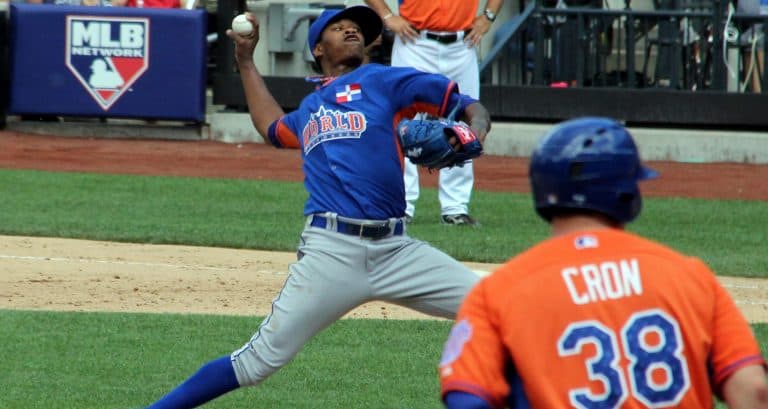
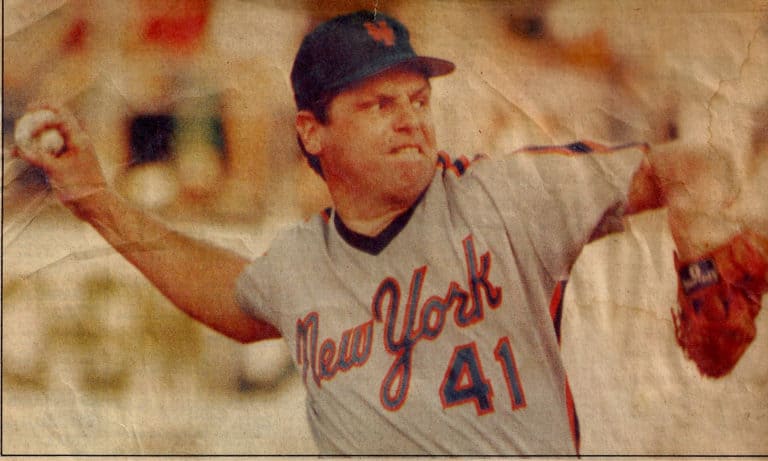
Great essay. I am from NH and attended many Nashua Pride games. The park that they played in, Holman Stadium, is historic for Don Newcombe and Roy Campanella assigned by the Dodgers the same year that Jackie Robinson was assigned to Montreal. On top of that, their manager was Walter Alston and Buzzie Bavasi was the GM. Campenella even managed one game when Alston was thrown out of a game.
Nonetheless, the memories of the Atlantic League, especially with players like Ricky Henderson, Jim Leyritz, Jose Lima, among others, trying to reinvigorate their careers was something else to watch.
I also was amazed when Bud Harrelson, who I have the vision of fighting Pete Rose in the NL Division Series in 1973, accompanying his Long Island Ducks to Nashua and, after a rain delay, helping the grounds crew spread Dryloc around the bases to soak up the wet spots–in a visitors venue!!
Sorry to see the Atlantic League turned into an experimental lab with all the funky experiments to further the “good” of the game.